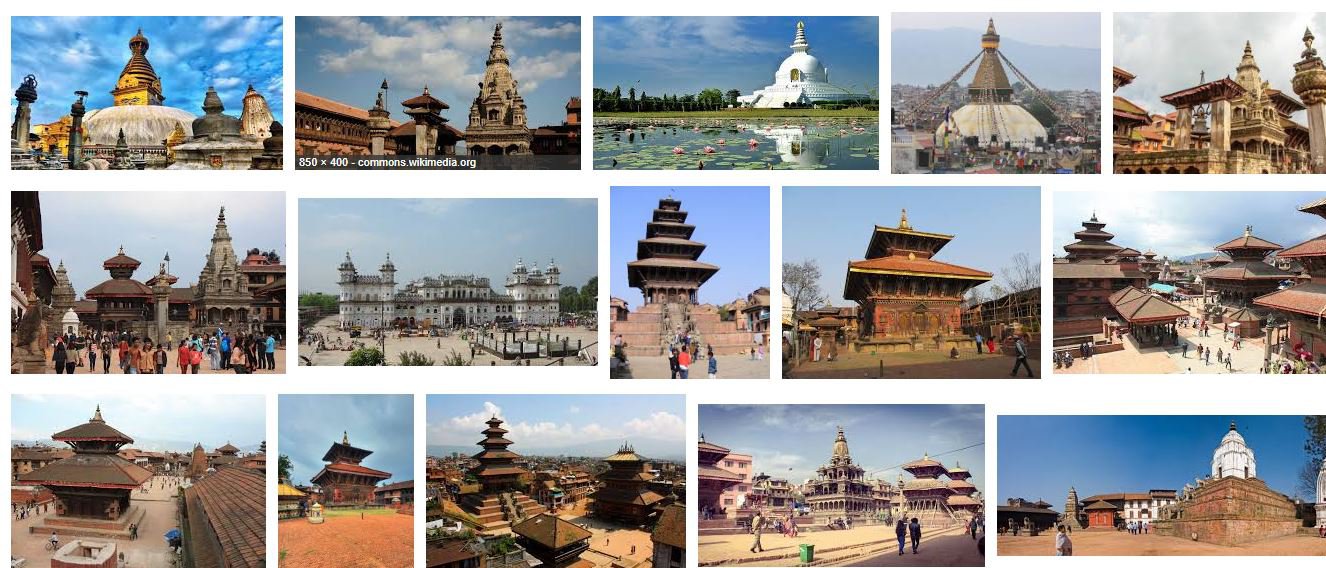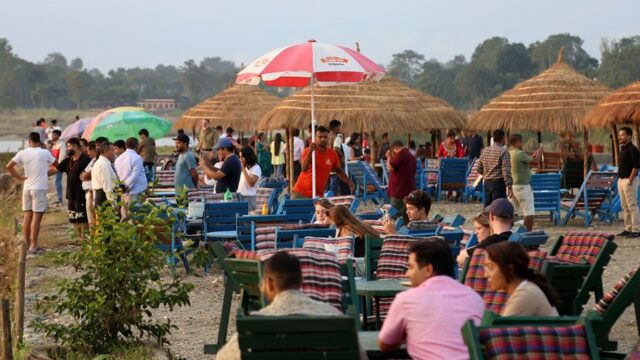Tourism in Nepal has witnessed significant growth over the past decades, transforming it into a prominent destination for travelers from around the globe. With its breathtaking landscapes, rich cultural heritage, and diverse ecosystems, Nepal offers unique experiences for tourists. However, the success and sustainability of tourism largely depend on the active involvement and contribution of local communities. This article delves into how local communities play a crucial role in shaping tourism experiences in Nepal’s popular destinations, exploring their contributions, challenges, and potential for future development.
Enhancing Authenticity and Cultural Preservation
Local communities are the custodians of Nepal’s cultural heritage and traditions. In popular destinations like Kathmandu, Bhaktapur, and Patan, the preservation of ancient architectural styles, festivals, and rituals is largely dependent on residents. The intricate wood carvings of Bhaktapur Durbar Square and the traditional Newari festivals are maintained through the efforts of local artisans and cultural practitioners. Their involvement ensures that tourism experiences are authentic and respectful of the local culture.
In rural areas, such as those around the Annapurna and Everest regions, indigenous practices and customs are integral to the trekking experience. Local guides, porters, and homestay hosts provide insights into traditional practices and daily life, enriching tourists’ experiences and fostering cultural exchange.
Economic Benefits and Livelihoods
Tourism brings substantial economic benefits to local communities. In popular trekking destinations like the Annapurna and Everest regions, the tourism sector provides livelihoods for thousands of local people, including guides, porters, and hospitality staff. This economic infusion supports local businesses, from tea houses and lodges to souvenir shops and restaurants.
In Pokhara, the thriving tourism industry supports a wide range of local enterprises. The presence of local artisans selling handcrafted products and restaurants offering traditional Nepali cuisine contributes to the city’s vibrant tourism sector. These economic benefits help improve the quality of life for residents and create opportunities for community development.
Community-Based Tourism Initiatives
Community-based tourism (CBT) initiatives have gained momentum in Nepal as a means to involve locals directly in tourism management and decision-making. These initiatives aim to ensure that the economic benefits of tourism are equitably distributed and that local communities have a say in how tourism is developed.
In destinations like Bandipur and Ghandruk, community-based tourism projects focus on sustainable practices and cultural preservation. For example, the Bandipur Community Tourism Project allows visitors to experience traditional Newari culture while supporting local businesses and conservation efforts. Similarly, Ghandruk’s village tourism program enables visitors to engage with local customs and contribute to community development.
Challenges and Issues
Despite the positive impacts, the involvement of local communities in tourism also presents challenges. Over-tourism, environmental degradation, and cultural erosion are significant concerns. In places like Kathmandu and Pokhara, the influx of tourists has led to issues such as overcrowding, pollution, and strain on local infrastructure.
The rapid growth of tourism in the Everest region has put immense pressure on local resources and ecosystems. The waste generated by trekkers and the increased demand for infrastructure has raised concerns about sustainability and environmental impact. Local communities often face difficulties in managing these challenges while striving to preserve their way of life.
The Role of Government and NGOs
The role of government and non-governmental organizations (NGOs) is crucial in supporting local communities and addressing the challenges associated with tourism. The Nepali government has implemented various policies and programs to promote sustainable tourism and protect cultural heritage.
The Annapurna Conservation Area Project (ACAP) and the Sagarmatha National Park management efforts aim to balance tourism development with conservation. NGOs like the Himalayan Trust and the Nepal Tourism Board also work to enhance community participation, provide training, and support local initiatives.
Future Prospects and Recommendations
To ensure that local communities continue to play a positive role in shaping tourism experiences, several measures can be undertaken:
- Enhanced Training and Capacity Building: Providing local communities with training in hospitality, tour guiding, and sustainable practices can improve the quality of tourism services and ensure that they are well-prepared to handle tourist interactions.
- Promoting Sustainable Practices: Encouraging eco-friendly practices and responsible tourism can help mitigate the negative impacts of tourism. Community-led conservation projects and waste management initiatives can be supported to protect the environment.
- Strengthening Community Engagement: Involving local communities in tourism planning and decision-making processes can ensure that their needs and perspectives are considered. This participatory approach can lead to more sustainable and equitable tourism development.
- Supporting Local Entrepreneurship: Facilitating access to resources and markets for local entrepreneurs can boost community-based businesses and enhance the overall tourism experience. Initiatives such as local product markets and cultural events can attract tourists and benefit local economies.
Local communities play a vital role in shaping tourism experiences in Nepal’s popular destinations. Their involvement in preserving cultural heritage, supporting local economies, and implementing community-based tourism initiatives contributes to the richness and authenticity of the tourist experience. However, addressing the challenges associated with tourism requires a collaborative approach involving residents, government agencies, and NGOs. By fostering sustainable practices and ensuring equitable benefits, Nepal can continue to offer memorable and meaningful experiences for visitors while supporting the well-being and development of its local communities.





